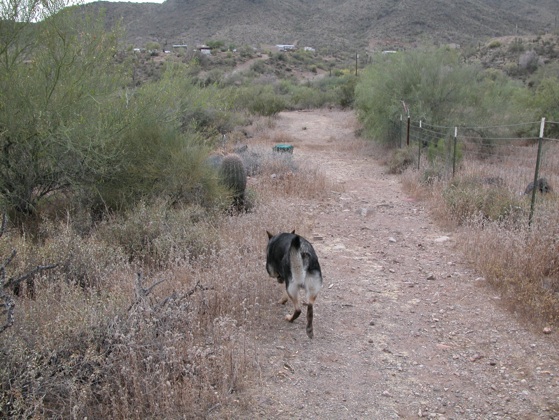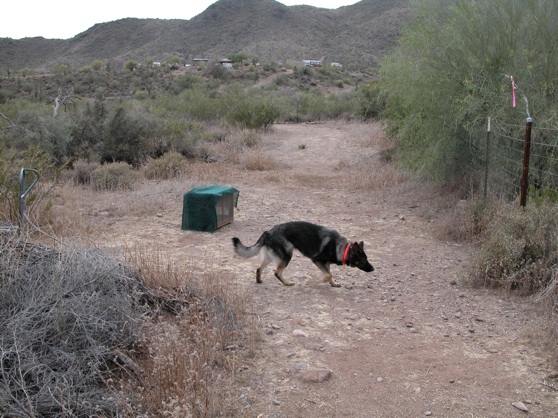















METEORITES


Mojave Rattlesnake/ Mojave Green
Southern Pacific Rattlesnake
Great Basin Rattlesnake
Western Diamondback
Speckled Rattlesnake




Sidewinder Rattlesnake




Throughout the years, in the field, I have encountered numerous rattlesnakes. Many of the snakes would give you a warning rattle and a few would strike without warning. I have always wondered what would happen if my dog encountered a rattlesnake. Dogs are curious and they would run up to the snake to investigate, smell, or even try to bite the reptile. Thinking of all my options, I discovered a website called Viper Voidance. After calling Viper Voidance I decided to have the training done, as long as there was no harm to the dog or snake. The idea behind this training method is to have the dog associate the smell and sound of a rattlesnake with a negative stimulus-a correction from a shock collar. The dog is not harmed and quickly learns to stay away from rattlesnakes. For this training, the snakes are kept inside a cage and the dog is protected from a bite by two layers of woven stainless steel wire.
On our first training session I had Brix on a long line and allowed him to walk up to the cage containing the snakes. If Brix showed interest or tried to get closer to the snakes, Jim Walkington, owner of Viper Voidance, would administer a shock via the collar. Once Brix was corrected, I would pull on the line and run with him the other direction. Brix lunged towards the rattlesnakes and as a result Jim shocked him and I pulled on the line and we both ran away from the cage. The running tells the dog what to do. Dogs are great interpreters of human behavior and they learn to move away from the smell, sight, and sound of a rattlesnake. Judging from Brix’s reaction to the rattlesnakes, he would have suffered a direct bite to his face had he found a snake in the field. We allowed Brix a 10 minute break before testing him on the second cage placed across the yard.
One the second cage, Brix still walked up the snakes with the same curiosity and within striking distance. So he got a second correction and we both ran away from the cage. I thought to myself, were we training Brix to be afraid of the snake cage or was he understanding the smell and noise associated to the snakes?
We were taking a break under a tree in Jim’s front yard, when Brix jumped up and ran towards my truck and jumped onto the back seat. I looked at Jim and then Brix and thought “what just happened?” Jim had placed flagging in is yard to show the wind direction to aid in the training. The wind had changed intensity and Brix must have caught the scent of snakes.
Jm always recommends bringing your dog back in two weeks to verify the training.

On the following trip, Jim placed the cage at the end of a long path leading into a fenced desert area behind his house. The cage was covered with green fabric to help conceal it from Brix. We walked over to the gate and let Brix take off ahead of us. He marched down the trail with great confidence towards the cage where Big Momma and Goliath were waiting to greet him. As Brix walked to within ten feet of the cage, he spun around and ran back towards the gate in the other direction without shock correction. The second cage was placed on the opposite side of the yard. Brix caught the scent 30 feet away and ran the opposite direction.

After seeing Brix’s reaction to the rattlesnakes on the return trip I was pleased with the outcome. I would recommend this training to anyone that has a dog that may encounter a rattlesnake.

Mojave Green rattlesnake camouflaged in the Franconia strewnfield.
photo credit Jason Snyder
